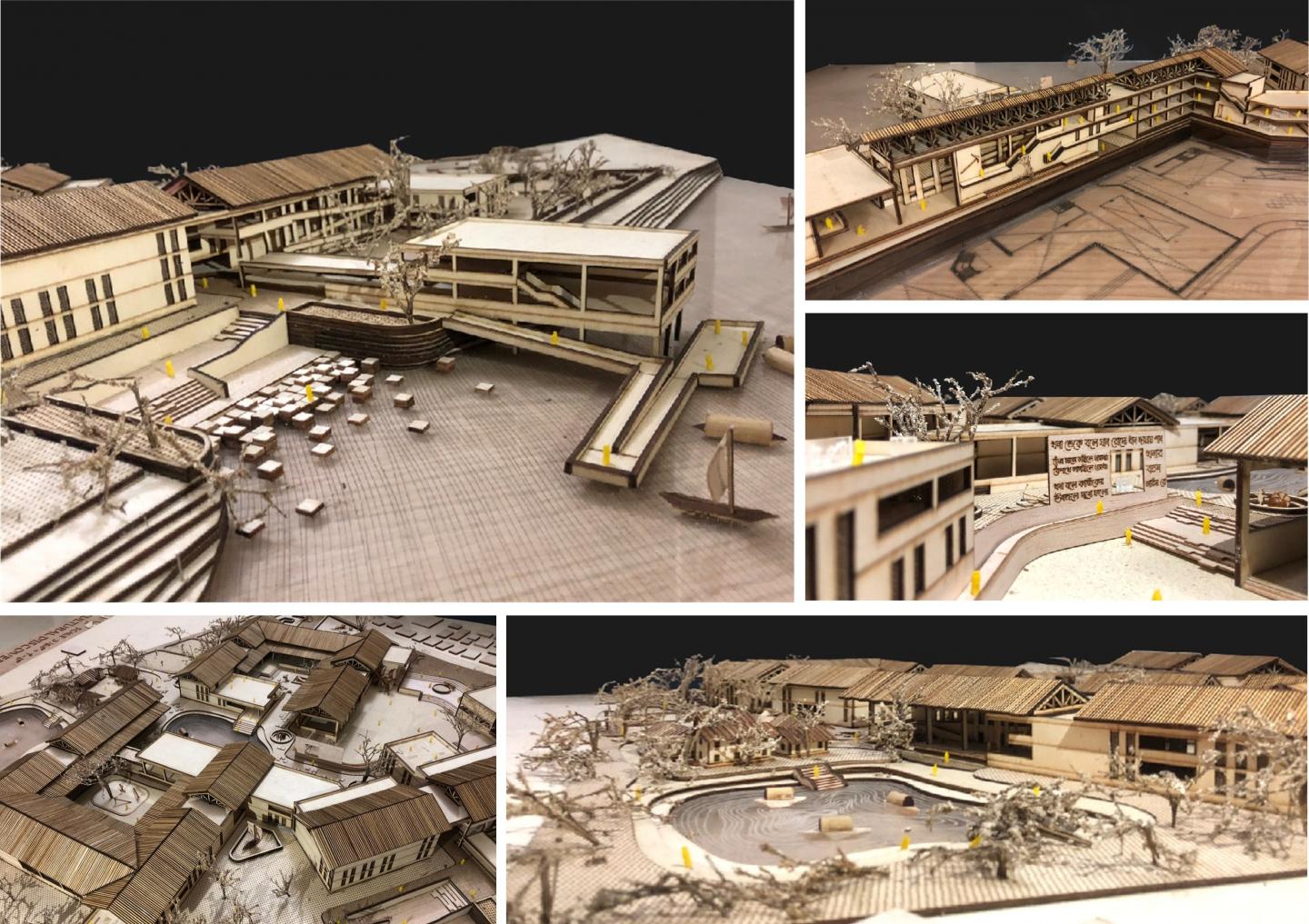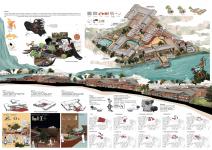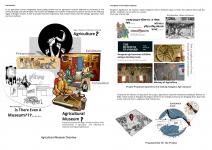Nestled by the Buriganga River in Postogola, Keraniganj, this 13-acre national museum honors the enduring legacy of Bengal’s farmers. It is the first government-backed institution in Bangladesh solely focused on agriculture—past, present, and future.
Vision & Purpose
Celebrate the farmer as the true steward of the land.
Preserve traditional tools, knowledge, and rural heritage.
Educate on sustainable agriculture and climate resilience.
Foster research, innovation, and policy dialogue.
Promote rural pride, tourism, and national identity.
Key Features
Exhibition Halls: Permanent and rotating exhibits of farming tools, seed banks, and rituals tied to the agricultural calendar.
Farmers’ Homesteads & Fields: Life-size reconstructions and live crop fields to showcase traditional and modern techniques.
Innovation Hub: Labs, demo plots, archives, and collaboration spaces for cutting-edge agricultural research.
Kids Zone: Interactive learning spaces with games, mini-farms, and storytelling.
Cultural Showcase: Music, embroidery, melas, and “The Farmer’s Year” experience gallery.
Crop Gallery: Division-wise displays of crops like mango from Rajshahi or jute from Khulna.
Socio-Economic Impact
Empowers farmers as cultural and scientific contributors.
Bridges rural-urban and generational gaps through education.
Stimulates local economy via rural tourism and festivals.
Sustainable Design
Built with bamboo, clay, and passive systems.
Includes solar energy, rainwater harvesting, and eco-sensitive landscaping.
Connects visitors to nature through floating pavilions, courtyards, and riverfront decks.
National Significance
Aligned with goals on food security, rural development, and cultural preservation, this museum represents a new policy vision—treating agriculture as a cornerstone of Bangladesh’s identity and future.
2024
The Agricultural Discovery Museum & Research Hub blends traditional Bengal architecture with modern engineering, using a hybrid system that balances structural efficiency, sustainability, and cultural identity.
Type-1 Structure System
Roofing: Lightweight metal sheets on pitched steel trusses reduce load while reflecting traditional forms; concrete is used selectively for added thermal mass.
Framework: Steel columns clad in clay offer strength with an earthy appearance; wooden beams add warmth and flexibility.
Walls: Clay soil with natural pigments creates breathable, durable walls.
Openings: Bamboo doors and wooden-iron window frames enable ventilation, light, and spatial adaptability.
Craftsmanship: Rope detailing between beams honors local artisan traditions.
Foundation: Reinforced concrete beams and slabs ensure stability on riverside soil.
Sustainability: Integrated roof gutters collect rainwater for reuse.
Type-2 Structure System
Roofing: Similar pitched and corridor roofs maintain harmony and introduce layered spaces; concrete adds reinforcement where needed.
Framework: Iron trusses and MS columns support the structure with lateral bracing for resilience.
Walls & Foundation: Compressed clay blocks and concrete slabs offer thermal insulation and durability.
Craftsmanship: Continuation of rope patterns ensures visual and cultural continuity.
Material Ethos
Locally sourced clay, bamboo, and wood meet industrial materials like steel and concrete to create a climate-responsive, low-carbon architecture that is deeply rooted in Bengal’s agricultural heritage.
Conclusion
This museum is a living tribute—where every plough tells a story, every seed holds memory, and every farmer is celebrated as a national hero.
Author: Adrita Islam Sajuti
Thesis Supervisor: Ashik Vaskor Mannan
Design Studio-X (Thesis) Teacher: Ashik Vaskor Mannan, Irfat Alam
Favorited 1 times




